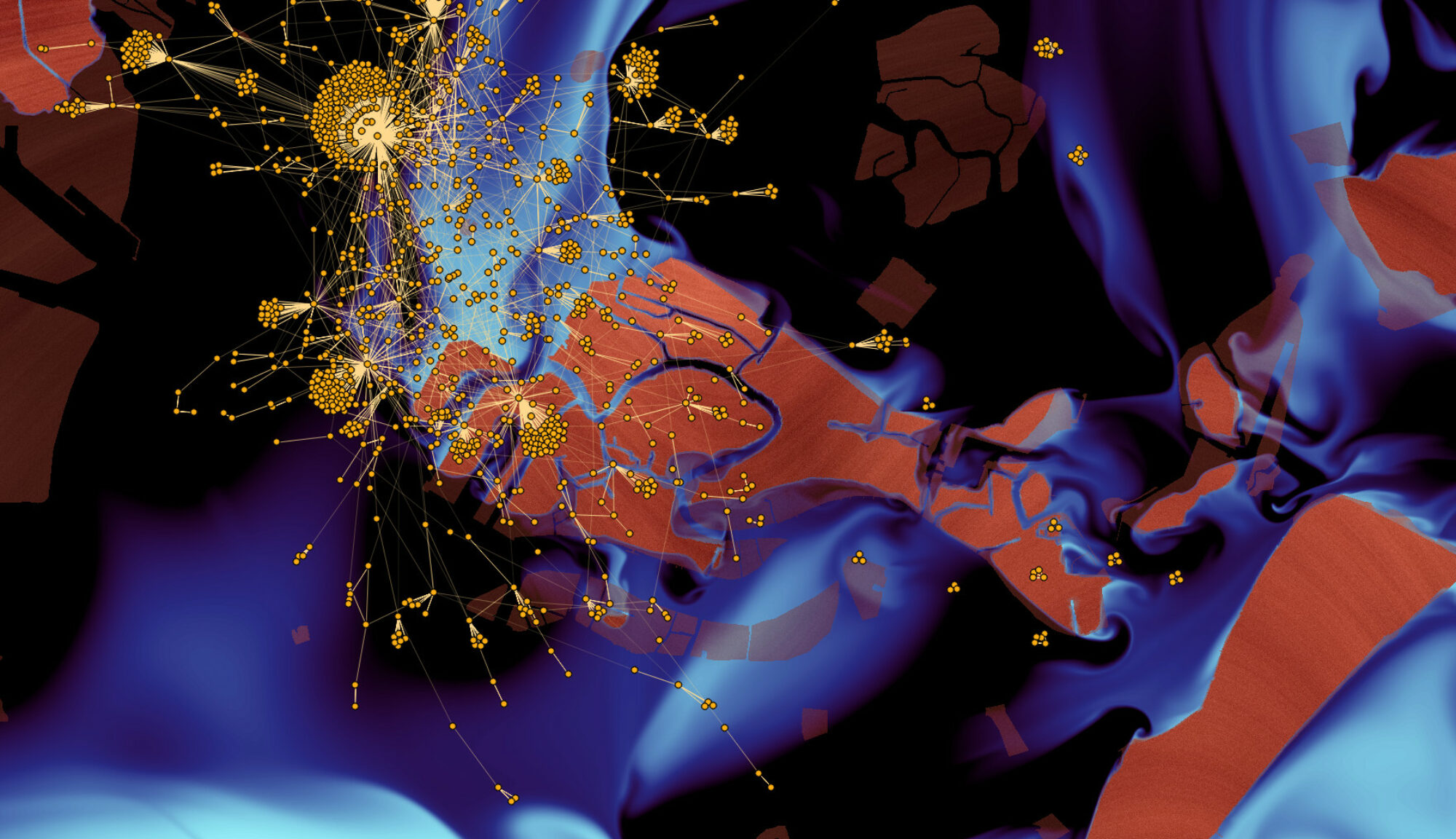Frédéric Aidouni, Matthieu Latapy and Clémence Magnien
Sixth International Workshop on Hot Topics in Peer-to-Peer Systems (Hot-P2P 2009), May 29, 2009, Rome, Italy
This paper presents a capture of the queries managed by an eDonkey server during almost 10 weeks, leading to the observation of almost 9 billion messages involving almost 90 million users and more than 275 million distinct files. Acquisition and management of such data raises several challenges, which we discuss as well as the solutions we developed. We obtain a very rich dataset, orders of magnitude larger than previously avalaible ones, which we provide for public use. We finally present basic analysis of the obtained data, which already gives evidence of non-trivial features.
